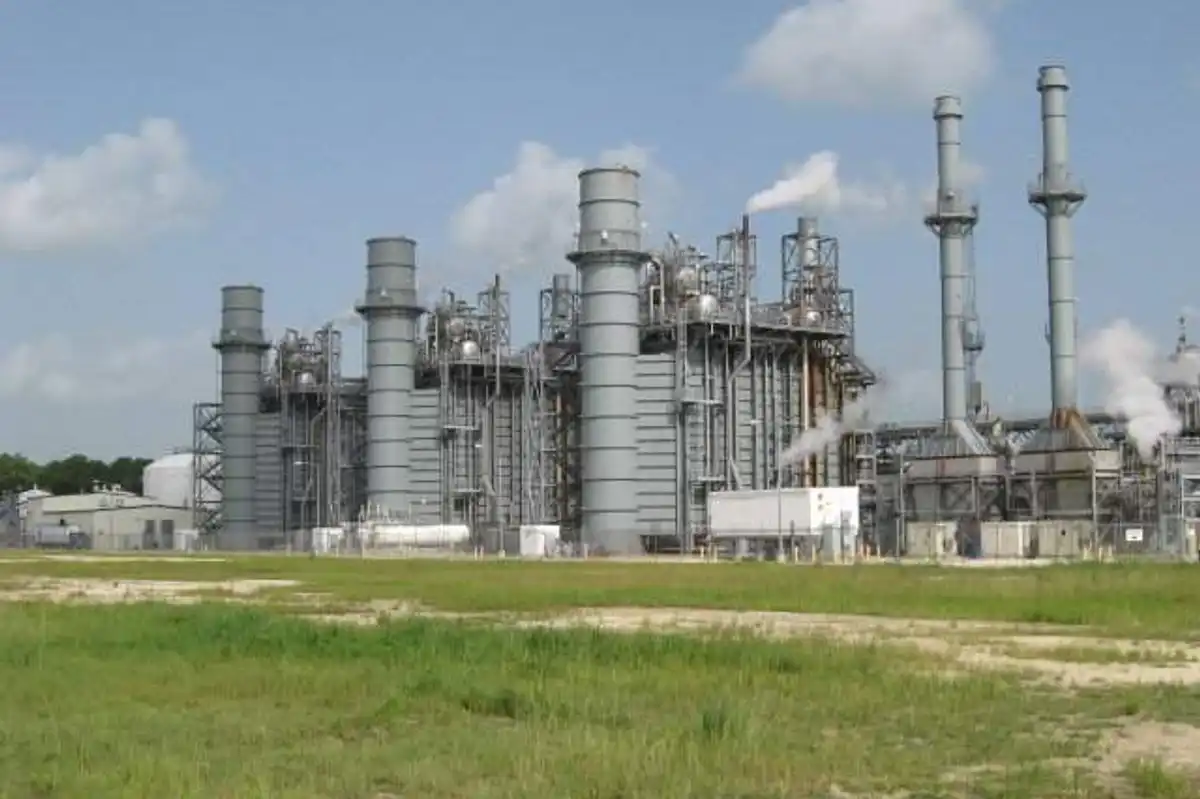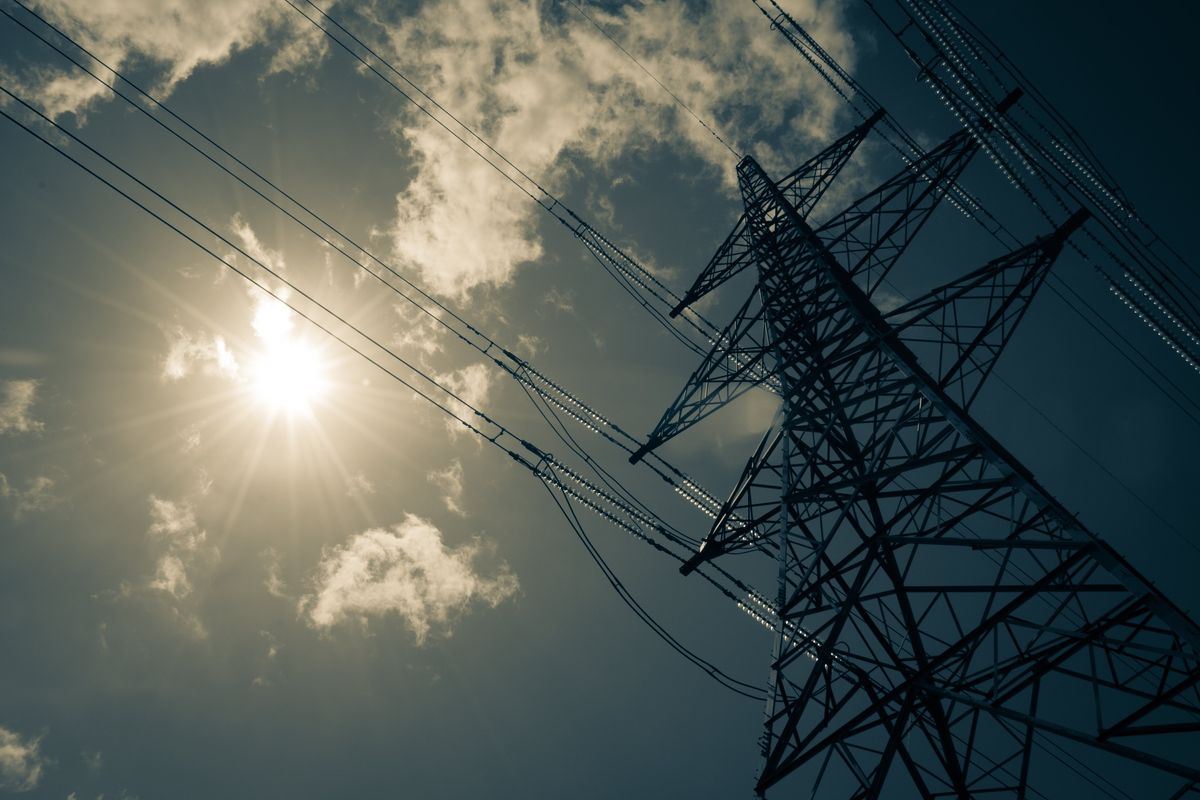EPA scraps $7B solar program, stripping Texas of hundreds of millions in clean energy funds
funding cut
The U.S. Environmental Protection Agency is ending a $7 billion Biden-era program that was supposed to enable low-income Americans to access affordable solar power. The program, which EPA Administrator Lee Zeldin called a “boondoggle,” would have benefited more than 900,000 U.S. households.
In line with the EPA’s action, the Lone Star State is losing a $249.7 million grant awarded last year to the Harris County-led Texas Solar for All Coalition. The grant money would have equipped more than 46,000 low-income and disadvantaged communities and households in Texas with residential solar power. The nonprofit Solar United Neighbors organization said Texas had already begun to roll out this initiative.
Also slipping out of Texas’ hands are:
- A more than $156 million 19-state grant awarded to the Clean Energy Fund of Texas in partnership with the Bullard Center for Environmental and Climate Justice at Houston’s Texas Southern University. The Clean Energy Fund is a Houston-based “green bank” that backs investments in solar and wind power.
- Part of a $249.3 million multistate grant awarded to the Community Power Coalition’s Powering America Together Program. The nonprofit Inclusive Prosperity Capital organization leads the coalition.
- Part of a $249.8 million multistate grant awarded to the Solar Access for Nationwide Affordable Housing Program, led by the nonprofit GRID Alternatives organization.
In a post on the X social media platform, Zeldin said the recently passed “One Big Beautiful Bill” killed the Greenhouse Gas Reduction Fund, which would have financed the $7 billion Solar for All program.
“The bottom line is this: EPA no longer has the statutory authority to administer the program or the appropriated funds to keep this boondoggle alive,” Zeldin said.
Anya Schoolman, executive director of Washington, D.C.-based Solar United Neighbors, accused the EPA of illegally terminating the Solar for All program. She said ending the program “harms families struggling with rising energy costs and will cost us good local jobs.”
U.S. Sen. Bernie Sanders, a Vermont independent, joined Schoolman in alleging the EPA’s “outrageous” action is illegal. Sanders introduced the legislation that established the Solar for All program.
The senator lashed out at President Trump for axing the program in order “to protect the obscene profits of his friends in the oil and gas industry.”
- Enbridge activates first solar power project in Texas ›
- Houston renewables developer lands $85M for nationwide solar projects ›
- Enbridge's new Texas solar project to power Meta data centers ›
- Energy experts: Executive order enhances federal permitting for AI data centers ›
- Houston-area clean energy projects lose more than $700M in federal funds ›
- Sun Day Houston solar rally, celebration to take place Sept. 21 - Energy Capital ›











